Peter Dickinson reviews the legacy of Lennox Berkeley
A personal selection of Lennox Berkeley's life work by Peter Dickinson, composer, pianist and biographer.
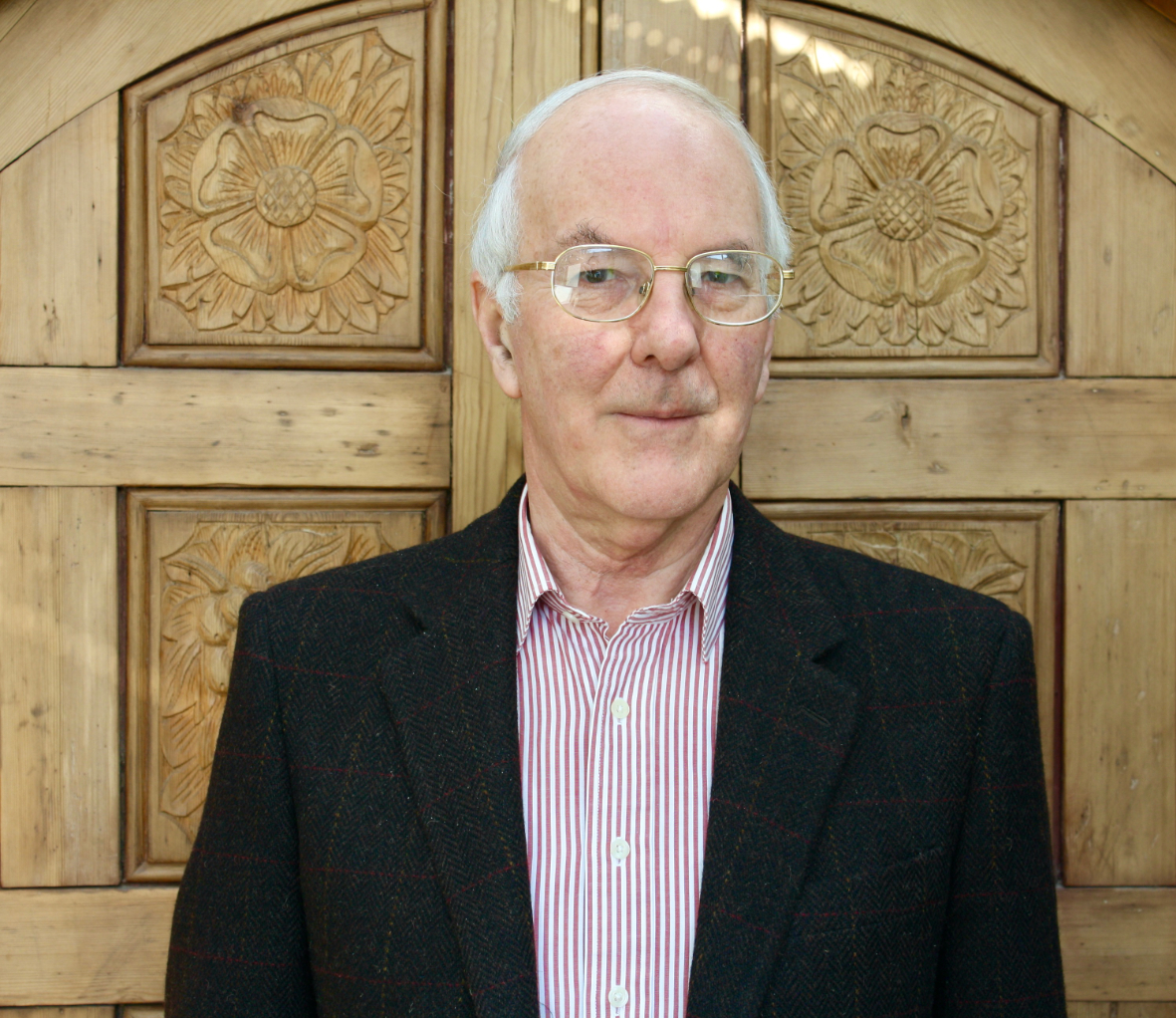
I first came across Berkeley’s music when I was at school – over seventy years ago. Since then I have given his music the test of time. In the 1950s Berkeley was at the height of his fame, and in 1963 I claimed in print1 that he was one of Britain’s four leading composers: in order of birth, Walton, Berkeley, Tippett and Britten. I wrote many articles in musical journals about his work, I gave talks on BBC Radio, and wrote a book about The Music of Lennox Berkeley (first published in 1988 by Thames Publishing, an independent press run by the late John Bishop, who supported many initiatives in British music). I was just able to put the book into the composer’s hands before Alzheimer’s overwhelmed him.
The book was aimed at the musical profession, assuming the general reader could skip the technical passages. It seemed important to make the case for Berkeley at a professional level at that time, and the book was well received. However, I now think I was too inclined to accept his own valuation of himself as invariably inferior to Britten. Berkeley admired Britten enormously, but, as several of my interview subjects explained, he was always his own man. In a second edition of the book, published by Boydell in 2003, the year marking the centenary of Berkeley’s birth, I corrected some errors, and added new material – and I hope that everybody will use that edition, sending the earlier one to the charity shops.
By 2012, when my second book, Lennox Berkeley and Friends, was published, I was able to provide the full series of interviews which I had conducted for a documentary programme produced by the late Arthur Johnson, and broadcast on Radio Three in 1992 and 1994. Ten of the interview subjects in that book have since died, so their contributions now form a crucial witness to the Berkeley legacy.
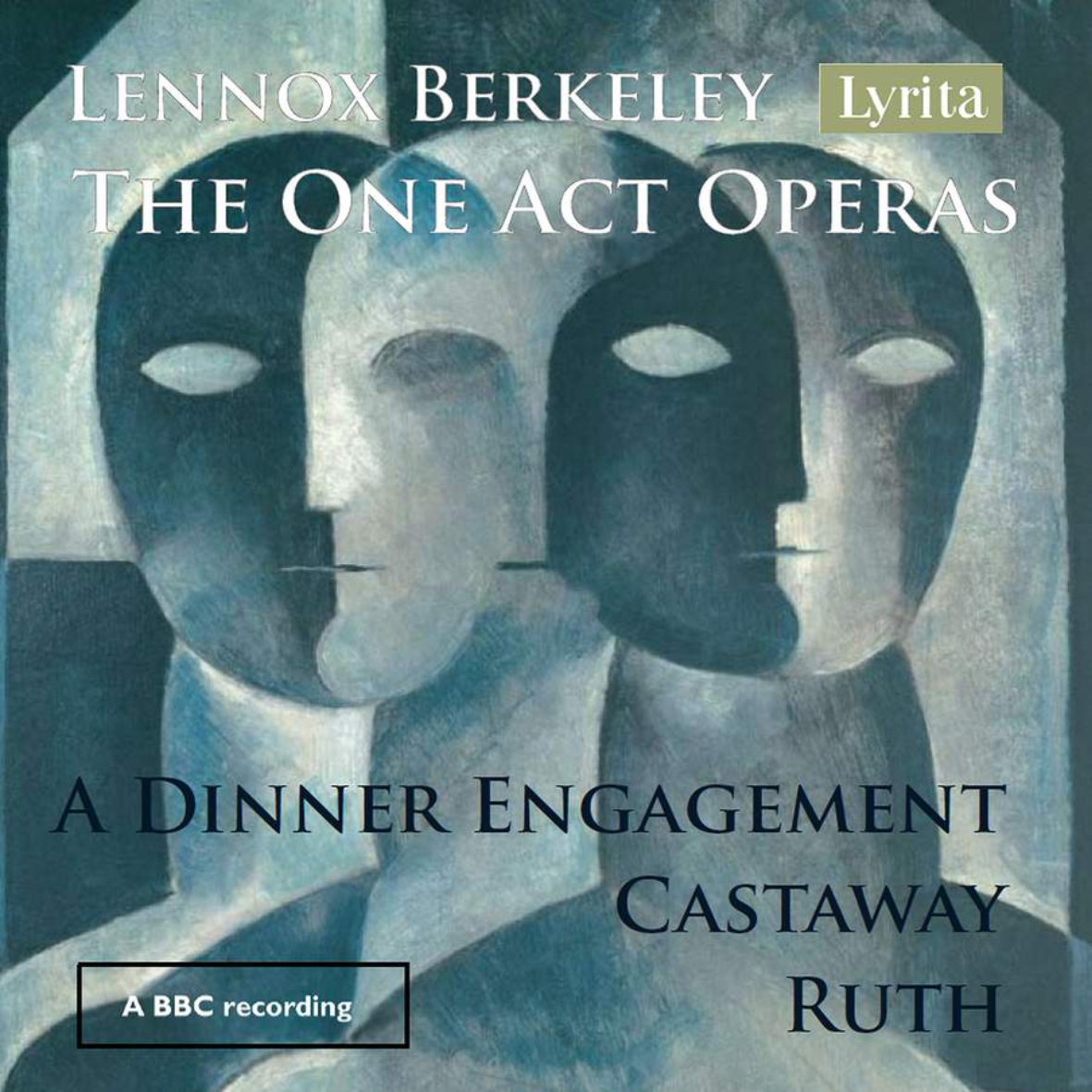
Starting with the largest pieces, Berkeley wrote four operas, all now recorded. A Dinner Engagement (1954) is a clear masterpiece, so much more sophisticated, and with a very different cast of characters, than Britten’s Albert Herring. Its regular productions and recordings prove its standing. Nelson (1949–54) is a problem, and has had no stage revival. There could be producers interested in the human and vulnerable side of our national hero, on which Alan Pryce-Jones’ libretto concentrates, and it would be disappointing to lose some of the fine music in it, but David Wordsworth is making a choral suite for publication. The one recording available is of the 1988 BBC Radio 3 concert performance given by the BBC Singers and the BBC Symphony Orchestra conducted by Elgar Howarth.2 Ruth (1955–56) is consistently attractive, vintage Berkeley, if not conventionally operatic. Castaway (1966) is at the beginning of Berkeley’s rather grey late style, but it works in the theatre. Apart from the classic recordings of A Dinner Engagement and Ruth under Richard Hickox, the three one-act operas were recorded together by three different conductors and orchestras. Meredith Davies recorded Castaway with the English Chamber Orchestra.
Then the symphonies. The First Symphony gestated over several years and emerged during the war at a 1943 Prom. It is youthful, ebullient, resourceful in textures and with memorable melodies. The opening movement has all these qualities, and I remember its melodies well from the 1960s, possibly because I was then at much the same age as Berkeley was when he wrote it. The second movement is an attractive waltz over a regular pulse, which could well stand on its own. The third movement, devoid of lyricism, feels like a grim but eloquent response to wartime. But the finale is a frolic of a kind Berkeley used in other last movements and it makes a completely successful finale. This is the most obviously attractive of the four symphonies and there is a recording with the LPO under Norman del Mar and a later one with the BBC National Orchestra of Wales with Richard Hickox, who understood Berkeley so well.
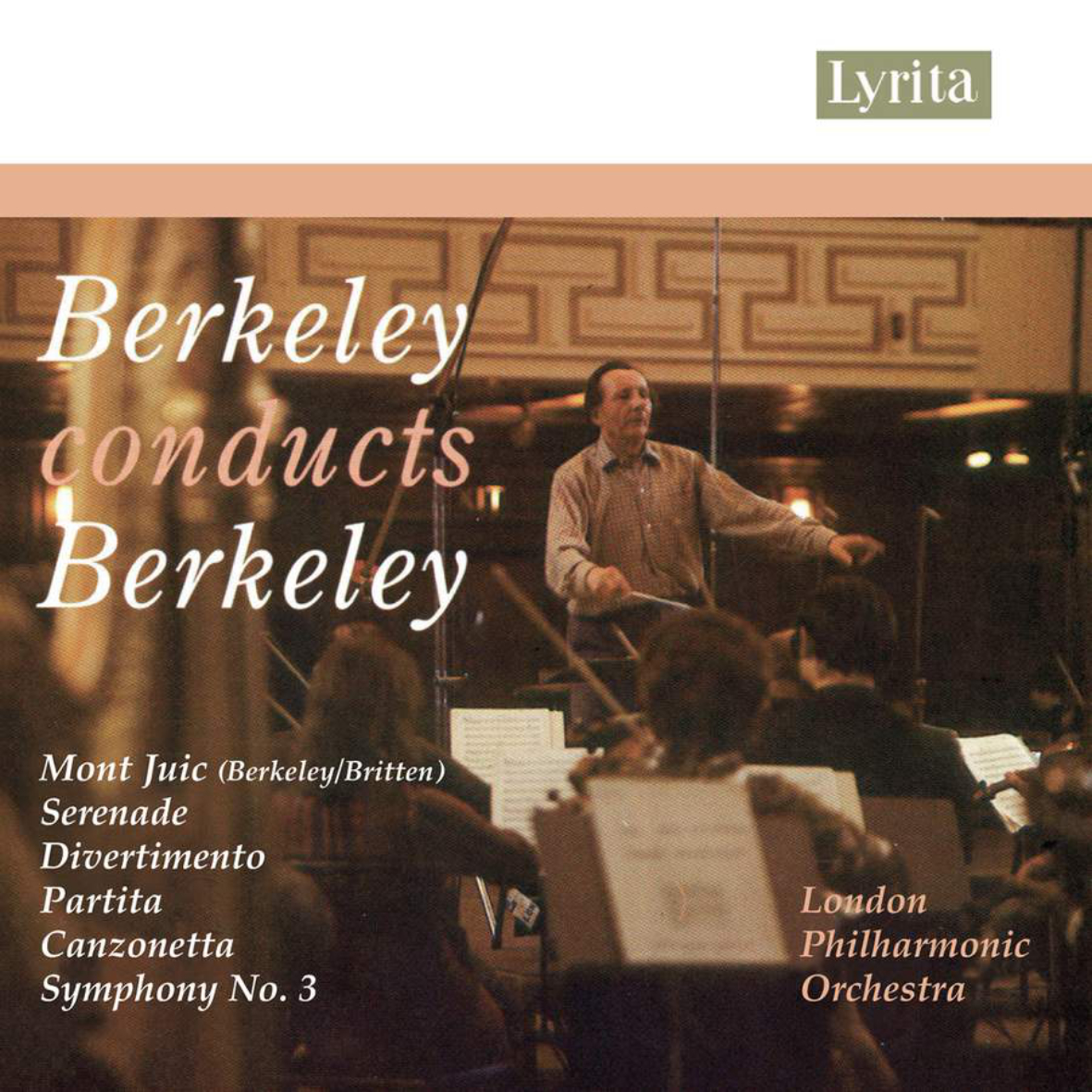
The Third Symphony (1969) is concise and taut, in a single movement, one of the more successful examples of Berkeley’s late style on an orchestral scale. Two six-note chords add up to the twelve, at a time when the composer was aware of what was going on in serial music, but his personality is still all there. This concise Third Symphony should have a future, but looking back at my discussion of it in The Music of Lennox Berkeley, I feel I may have spent too much time on the composer’s serial flirtations. The Fourth Symphony (1978), spacious and expansive, goes back to earlier manners and fills a large canvas. I now find little memorable in the Second and Fourth Symphonies, although both were taken seriously by Peter Evans in a survey in 19953 and my 1963 Musical Times article dealt with the Second Symphony in detail. Both these symphonies were well received – like most of Berkeley – at their premieres much earlier.
For real orchestral masterpieces we turn to the Serenade for Strings (1939), recently recorded by John Wilson and the Sinfonia of London, and also the collaborative work, Mont Juic (1937), the suite of Catalan dances which Berkeley wrote with Britten after their first meeting at the ISCM Festival in Barcelona in 1936. The Divertimento in Bb (1943) is sheer perfection – there is a recording of this coming from John Wilson – with a scherzo movement of symphonic proportions. These Wilson recordings give a welcome boost to works of widely acknowledged stature and bring them to a new generation. There is a series of single-movement orchestral works – three pieces called simply Overture (1934, 1947, 1959); the Sinfonietta (1950) and Suite (1953). The first Overture was performed at the ISCM Festival in Barcelona in 1936, conducted by Berkeley (and later withdrawn). There is a Suite from Nelson which is never played, although Norman Del Mar told me he had once conducted it. He also conducted the Nocturne (1945–6) in Sweden and Denmark.4 These pieces are unknown quantities, almost never performed and still un-recorded. They should be explored as they come from the period of some of Berkeley’s finest orchestral works. I may have been remiss in not investigating them – there are very few pieces by Berkeley that I don’t know – but, for my published study, I had to deal with works that were familiar and recorded. There should be scope for future exploration as overtures are not difficult to programme.
The Judgment of Paris (1937) is a charming ballet score choreographed by Frederick Ashton. Berkeley described it to Britten as ‘some rather voluptuous ballet music which I think you might approve of – anyhow I am enjoying it’. Ashton told me that many pre-war ballets were lost because there was no notation and little filming.5
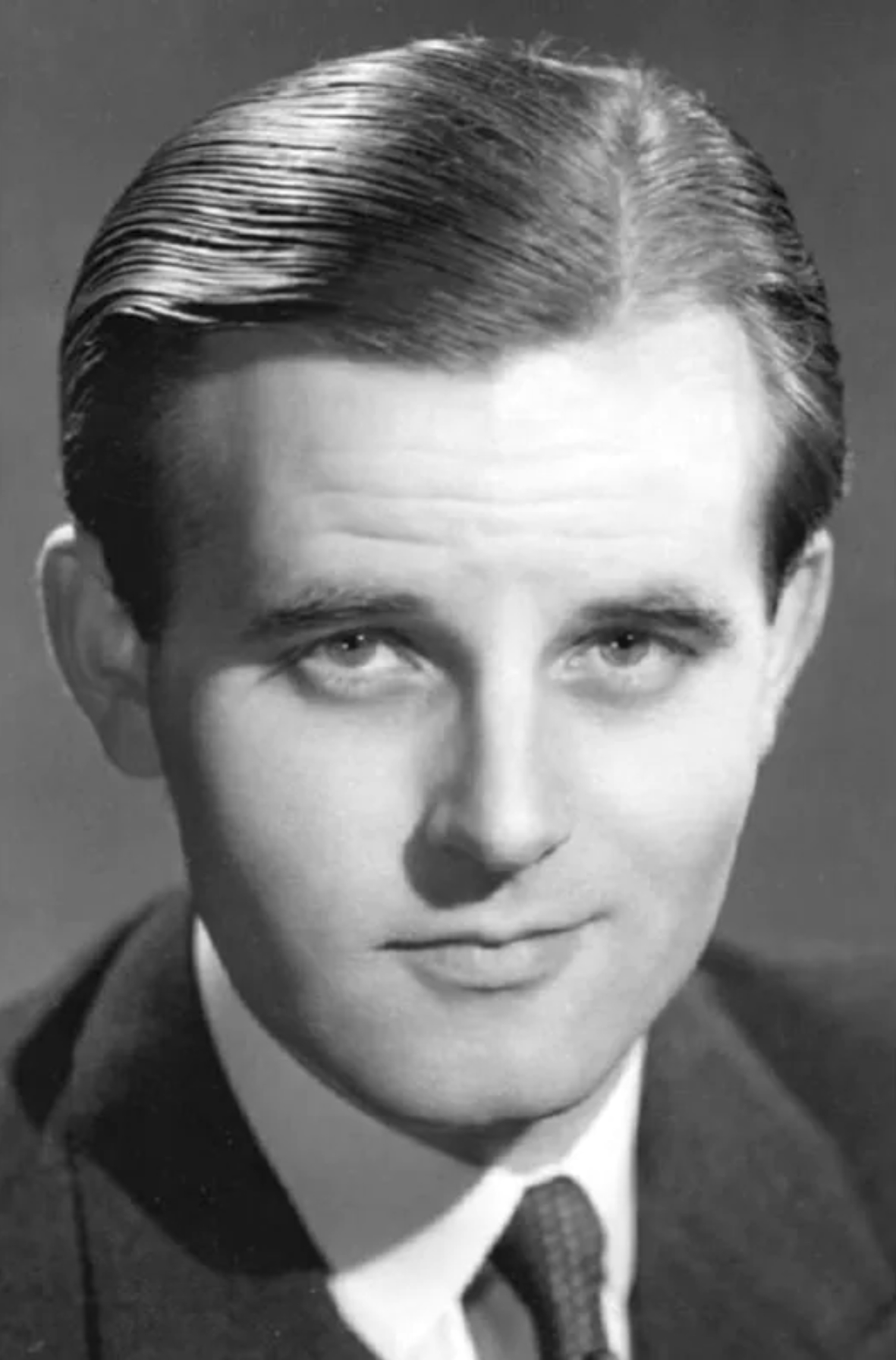
The Concertos bring out the best in Berkeley, but they start with an unfortunate situation. The Cello Concerto (1939) was overtaken by the war, with the soloist, Maurice Eisenberg, in America. It had to wait until 1983 for a first performance and ought not to have disappeared again. The fact that the Serenade for Strings came next shows what a vital period this was. The Piano Concerto (1947) was written for Colin Horsley, who loyally played all Berkeley’s piano music regularly for many years. This is one of the composer’s most successful orchestral works and was followed by another – the Concerto for Two Pianos (1948).
There are two recordings of the single Piano Concerto, both fine – David Wilde with Nicholas Braithwaite and the LPO; Howard Shelley with Richard Hickox and the BBC National Orchestra of Wales. This Concerto is outstanding and its neglect is incomprehensible. Colin Horsley, who performed the work some twenty-eight times, told me he thought the reason was that the work cannot be played on one rehearsal.6 The second subject of the first movement has a lovely blues tinge. In the recapitulation, the melody is quite different with the blues connection gone. In 1959, Martin Cooper explained this idiosyncrasy: ‘It is characteristic of Berkeley that he demands of his listener the kind of musical awareness that accepts a hint, an almost disguised reference to what has gone before, in place of unambiguous repetition’.7 In an interview with Michael Oliver nearly twenty years later, Berkeley still defended his avoidance of repetition.8 His friends Ravel and Poulenc would never have done this. Julian Bream admired a kind of waywardness in Berkeley’s music which is reflected in this technique.9 But it still seems surprising that when a composer seems to get a melody right, he should then change its later appearances. Thankfully, the rapturous melody of the concerto’s slow movement is repeated more or less intact. In the finale, the second theme – rich strings with an added sixth chord – comes back recognisably.
The first recording of the Concerto for Two Pianos (1948) is by Garth Becket and Boyd McDonald with the LPO under Norman Del Mar. The Concerto consists of two movements, the second an extended series of variations on Berkeley’s own memorable theme, which starts with the first four notes of the hymn-tune ‘Westminster Abbey’, based on an anthem by Purcell. This long second movement ranges in style from a catchy waltz to a serious fugue where the second phrase is taken from the finale of Mozart’s Jupiter Symphony. None of this detracts from an outstanding work that ought to be as popular as Poulenc’s Two-Piano Concerto. The handling of the two pianos is never cluttered: the scoring is deft as usual. The second, preferable, and more recent recording, is with Katherine Stott and Howard Shelley and the BBC National Orchestra of Wales conducted by Hickox. These two Concertos stand at the summit of Berkeley’s involvement with the piano.
The Flute Concerto (1952) should not be neglected. In 1985 it was recorded by James Galway along with the sparkling early Sonatina (1939) and the much inferior Sonata (1978). The Violin Concerto (1961) has less claim to attention, although it was recorded by Menuhin.
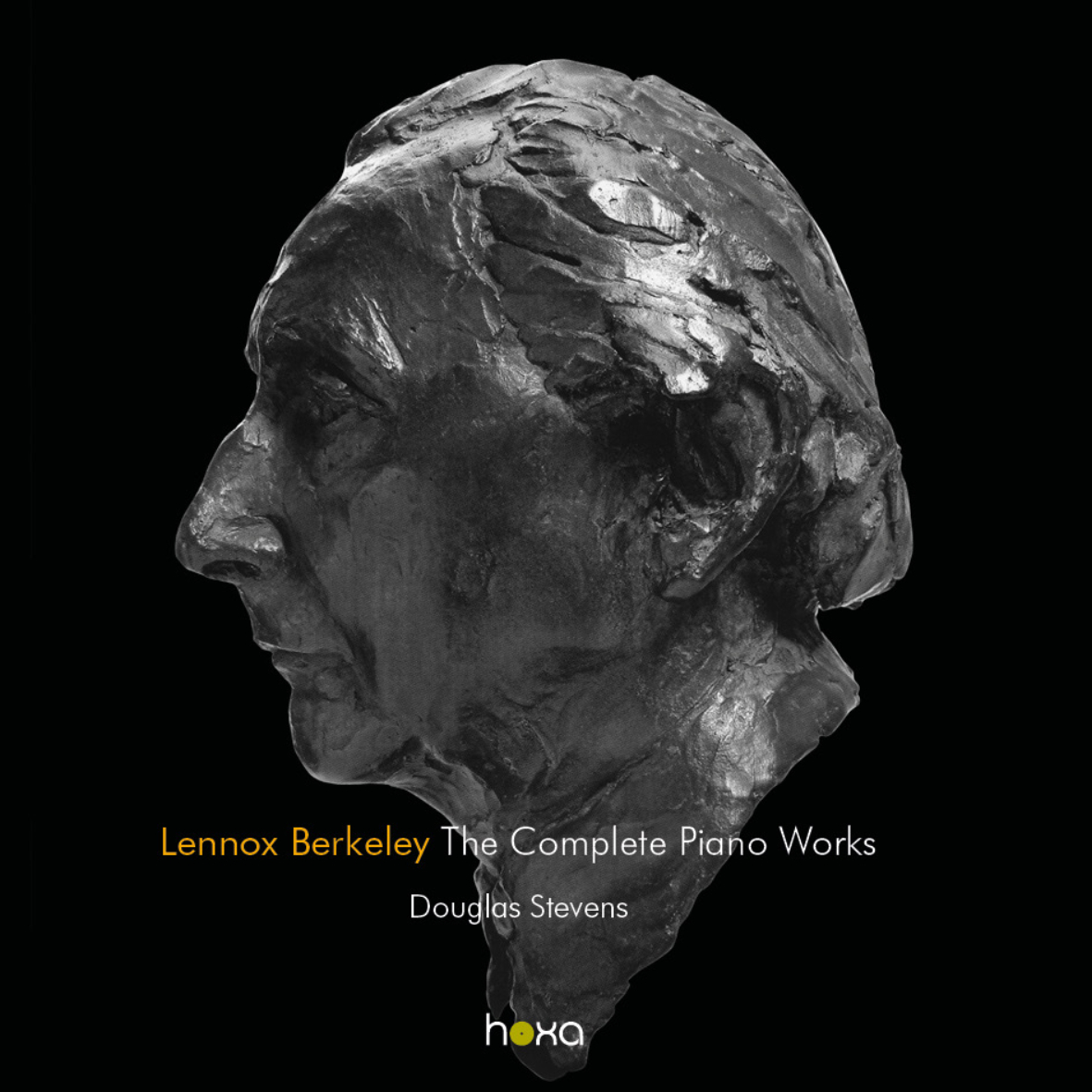
This leads to a consideration of the solo piano music. Berkeley spent a long time on the Sonata (1945), now with several recordings, and it must be regarded as one of the finest British piano sonatas. The first movement opens in declamatory style, but is followed by a plethora of attractive melodies; the second is a whirligig scherzo; and a sublime adagio leads to a finale dominated by mercurial passagework, and a varied reference back to the opening. There are also many short piano pieces. The Five Pieces (1936) are easy enough for amateurs, but the first and third of the Six Preludes (1945) are technically demanding, although all six are highly characteristic. The Preludes were a way into Berkeley for Nicholas Maw, a pupil.10 Both Four Concert Studies (1940) and Four Piano Studies (1972) are virtuoso pieces, the first more individual, recently included in a fine all-Berkeley two-CD set by Douglas Stevens. His stunning virtuosity makes everything a real delight. The only flaw on his CD is that the ‘Adagio’ of the Piano Sonata is too slow, well below the composer’s metronome mark. Margaret Fingerhut gets this right. There’s an effective Sonatina (1954) for piano duet, recorded by Raphael Terroni and Norman Beedie, as well as pieces for two pianos, sometimes performed with Nadia Boulanger in Paris, where the early Polka (1934) was a hit.
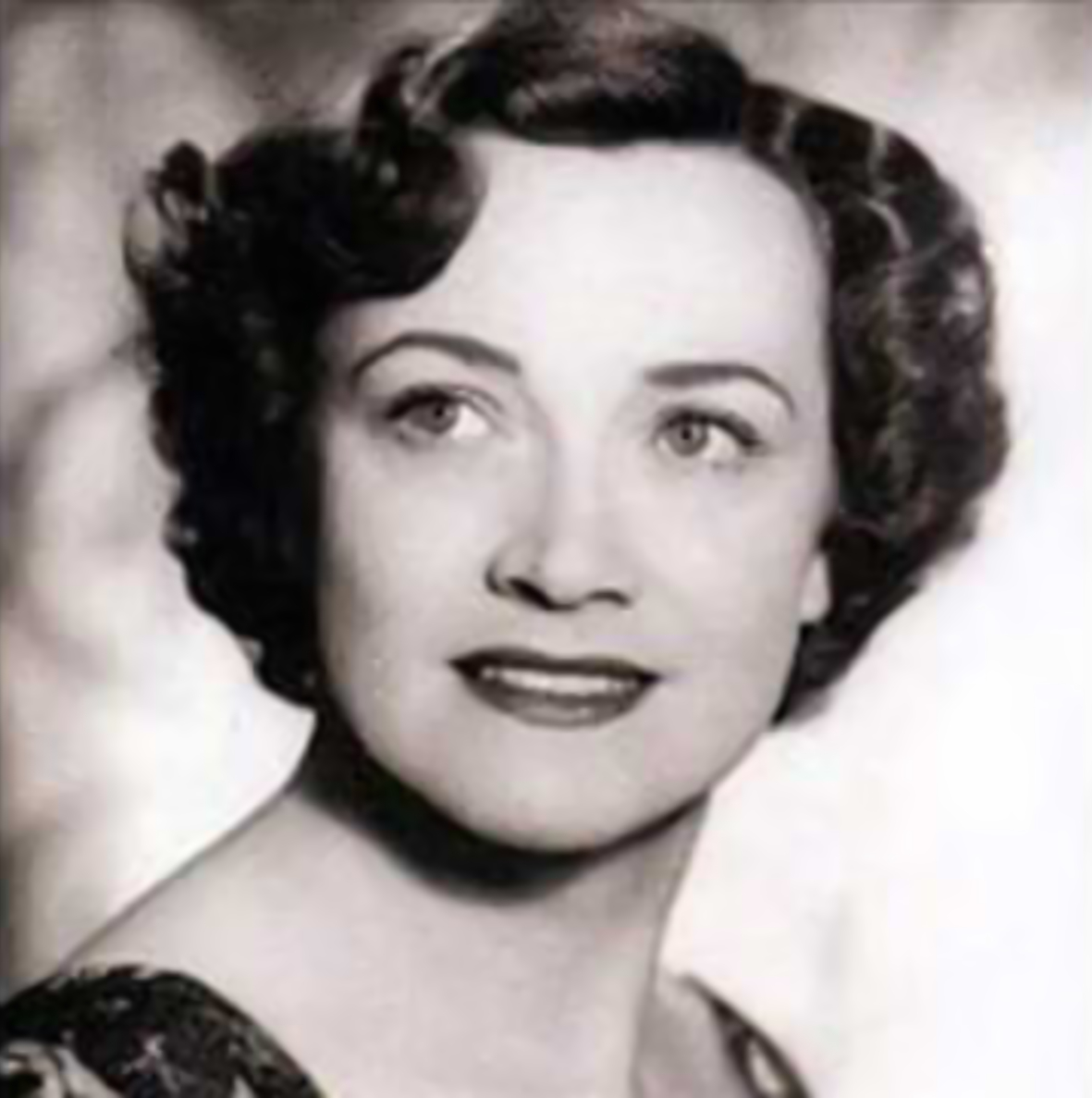
The vocal works represent a rich harvest. In The Music of Lennox Berkeley my chapter on religious music opens with the Four Poems of St Teresa of Avila (1947). I quote from my interviews with Nicholas Maw and Malcolm Williamson, as well as an article by John Tavener, to the effect that religious inspiration was crucial to Berkeley. This is very clear from the Teresa Poems as well as the Stabat Mater (1947). There are now several recordings of both works, the Teresa Poems with Kathleen Ferrier, but the Stabat Mater, commissioned for Britten’s English Opera Group, requires six solo voices, eleven instruments, and percussion, which is not convenient for programming. Berkeley conducted the premiere in Zurich in 1947; Britten, who much admired the work, conducted it for the BBC the following month and at the Aldeburgh Festival in 1953. I wonder why the British concert premiere had to wait six years. The best recording is by the Marian Consort and the Berkeley Ensemble under David Wordsworth.
Berkeley’s sacred choral music was always important to him, with regular appearances today in cathedral music lists, and there is a valuable recorded collection with the choir of St John’s College, Cambridge, under Christopher Robinson. Popular pieces like Look up Sweet Babe (1954) and The Lord is my Shepherd (1975), with one of their wonderful boy trebles, are included, as well as the substantial Festival Anthem (1945), with its luscious central section also arranged for cello and piano and for organ. Some of the sacred choral works are austere with the taxing polyphonic entries at unexpected pitches – but Berkeley was not Byrd.
There are many songs with piano not mentioned in The Music of Lennox Berkeley, because they were still unpublished then. There are exquisite single songs like The Thresher (1925) and How love came in (about ten years later), as well as groups such as Tombeaux (1926) to poems by Cocteau, premiered in Paris, all in an excellent CD with James Gilchrist and Anna Tilbrook. Further outstanding single songs include Bells of Cordoba, which the composer particularly liked, Eleven-Fifty about a train, and French songs such as Ode du premier jour de mai, and Tant que mes yeux. So sweet love seemed (c.1959) is a perfect encore song, though not performed until 1975.
One of the most revealing cycles is the Five Housman Songs (1940). Its dark moods come at a time when Berkeley’s private life was particularly fraught, as Tony Scotland has related.11 Berkeley must have given the manuscript to Peter Pears, who presumably never sang them, and they disappeared until I located them through the Britten Pears Library. Unfortunately, James Gilchrist and Anna Tilbrook don’t include these outstanding songs. However, Robin Tritschler and Malcolm Martineau have made the first recording of the Housman Songs which should be out this summer. A rarity on the Gilchrist and Tilbrook disc is the first recording of Autumn’s Legacy (1962), a demanding, often declamatory, cycle, comparable with Britten’s Donne Sonnets or Tippett’s The Heart’s Assurance. But Berkeley may be more personal in smaller cycles such as the Five Poems of W. H. Auden (1958) or the Five Chinese Songs (1971), written for Meriel Dickinson, both performed by Gilchrist and Tilbrook.
Berkeley’s chamber music is a very large field and one where he excels, as regular recordings indicate. All three string quartets appear on a single CD by the Maggini Quartet in fine performances, although the Chilingirian made the first recording of the second. The First Quartet (1935) is remarkable, and it was broadcast and published the following year, although it has been neglected for many years. The longest of the three, it was absolutely up to date, with Bartok and early Stravinsky effortlessly digested – the kind of music that gave Berkeley a British reputation as a dangerous continental modernist. There’s more of Berkeley’s mature personality in the Second Quartet (1942) with simpler textures but in every way his mastery of the quartet idiom is complete. The Third Quartet (1970) has some curiosities. The opening of the second movement toys with a note row divided into two hexachords, as in the Third Symphony. The third movement takes off from a simple unison setting Berkeley made of the hymn Hail, Holy Queen shortly before.
Other chamber pieces of the highest quality include the String Trio (1943). It’s on a Regis CD, about to be reissued, with the Tagore String Trio. That CD includes a discovery – the Trio for flute/piccolo, oboe/cor anglais, and piano from 1935, with Judith Fitton, Sarah Francis and Michael Dussek. It was written for Sarah Francis’ parents, and unlike many early works is worth revival. There’s also a chamber music CD from the Berkeley Ensemble with a rather better performance of the String Trio, plus an effective performance of the Sextet for clarinet, horn and string quartet and the resourceful Introduction and Allegro for double bass and piano.
One of the most delightful chamber pieces is the Sonatina for violin and piano (1942). There’s a fine recording by Elisabeth Sellars and Len Vorster. It’s vintage Berkeley with memorable melodies, an intense slow movement and a catchy tune for variations in a wide range of styles as finale. Of particular interest is that Berkeley himself recorded the work with Frederick Grinke, issued on 78s in 1954 – the only published recording of his piano playing. This reveals that he was a more than capable pianist at the time, adhering exactly to his dynamics and with complete control of ensemble. This was the year of the Horn Trio, and we are fortunate to have the recording with the original performers – Dennis Brain, Manoug Parikian and Colin Horsley, who commissioned the work. The finale is a set of variations where the theme is close to Mozart, whom Berkeley admired above all. The Horn Trio is impressive, well able to stand alongside Brahms.
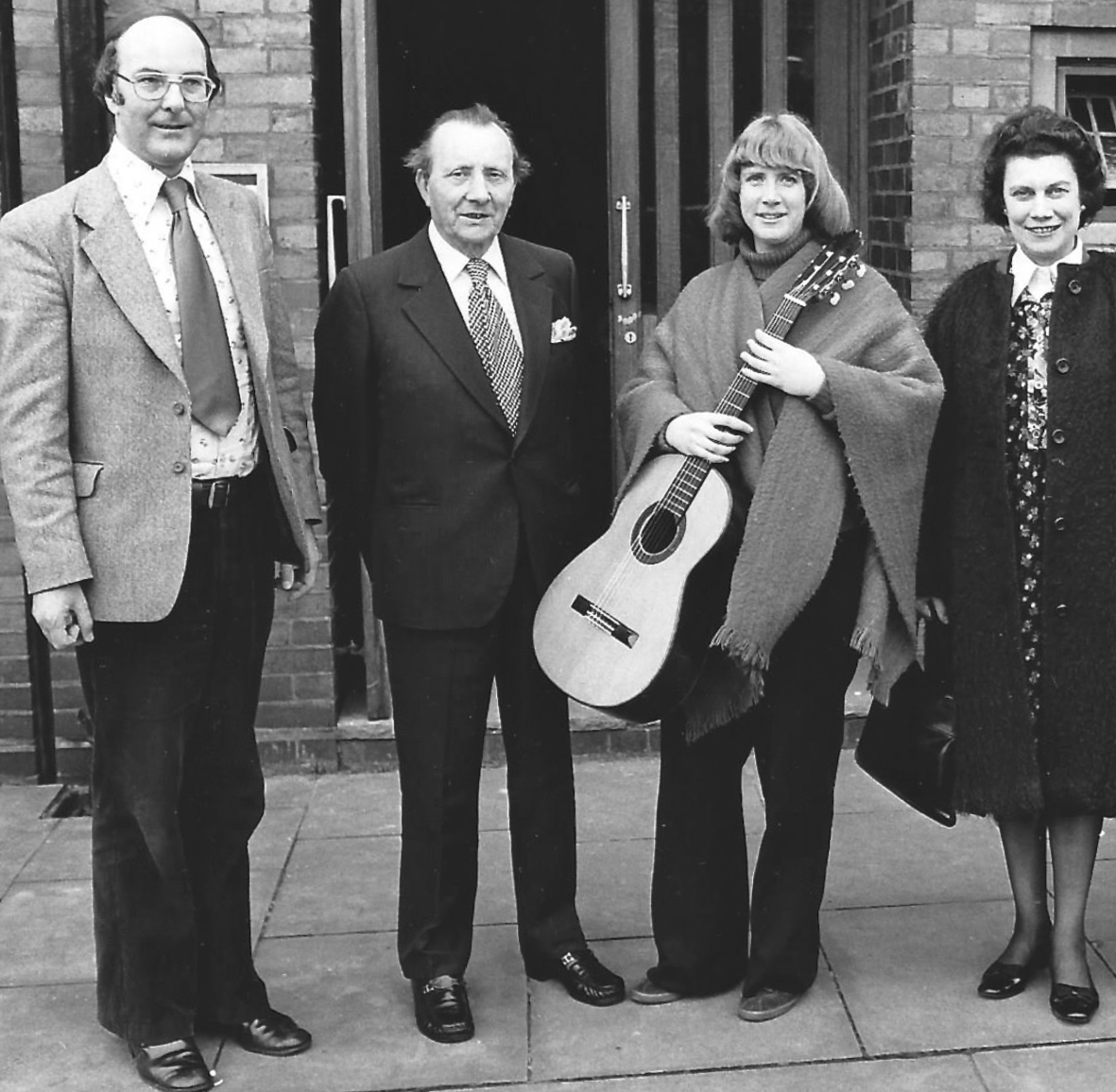
Berkeley worked with some of the leading performers of his time. One was the guitarist Julian Bream, for whom the Sonatina (1957) was written – there are several recordings of it – and their collaboration reached fulfilment with the Guitar Concerto (1974), the last of Berkeley’s concertos. All the scoring is expertly tailored to accommodate the still small voice of the guitar, in contact with a small orchestra. The recording with Bream and the Monteverdi Orchestra under John Eliot Gardiner is outstanding, and there is another one with Craig Ogden and the Northern Sinfonia under Hickox.
I have been in a privileged position to have grown up knowing Lennox Berkeley, his family, and his music. It has been an honour to support his output in many ways over many years, but I am not an objective critic. My concern, however, remains that we should focus on the best of his works to reveal his unique contribution to twentieth century British music. The task for us now, in these extremely difficult times for British composers of that generation, is to concentrate on Berkeley’s finest works in all forms – the works that will last.